Perhaps no one has been more instrumental in propelling Bangkok’s creative scene forward in recent years than Duangrit Bunnag, the progressive, bespectacled architect behind a slew of the city’s next-wave cultural spaces. In 2013, he rehabilitated a collection of disused warehouses along the Chao Phraya River in Thonburi, a project that became Jam Factory, a complex housing an independent art gallery, a café-bookstore, furniture boutique, two modern Thai restaurants, a shop the fashion label Bunnag started with a young designer (Lonely Two Legged Creature), and the headquarters for his namesake firm, all of which encircle an open courtyard punctuated by a colossal Bodhi tree. In other words, it’s the quintessential multi-use hangout for millennials. “It was inspired by creative people of the present generation—I simply designed the project around them,” he says.
The Architect Fueling Thailand’s Creative Class
Duangrit Bunnag is inspiring the next generation of the country’s artists and designers.
By Mary HollandPortrait By David Terrazas May 04, 2018
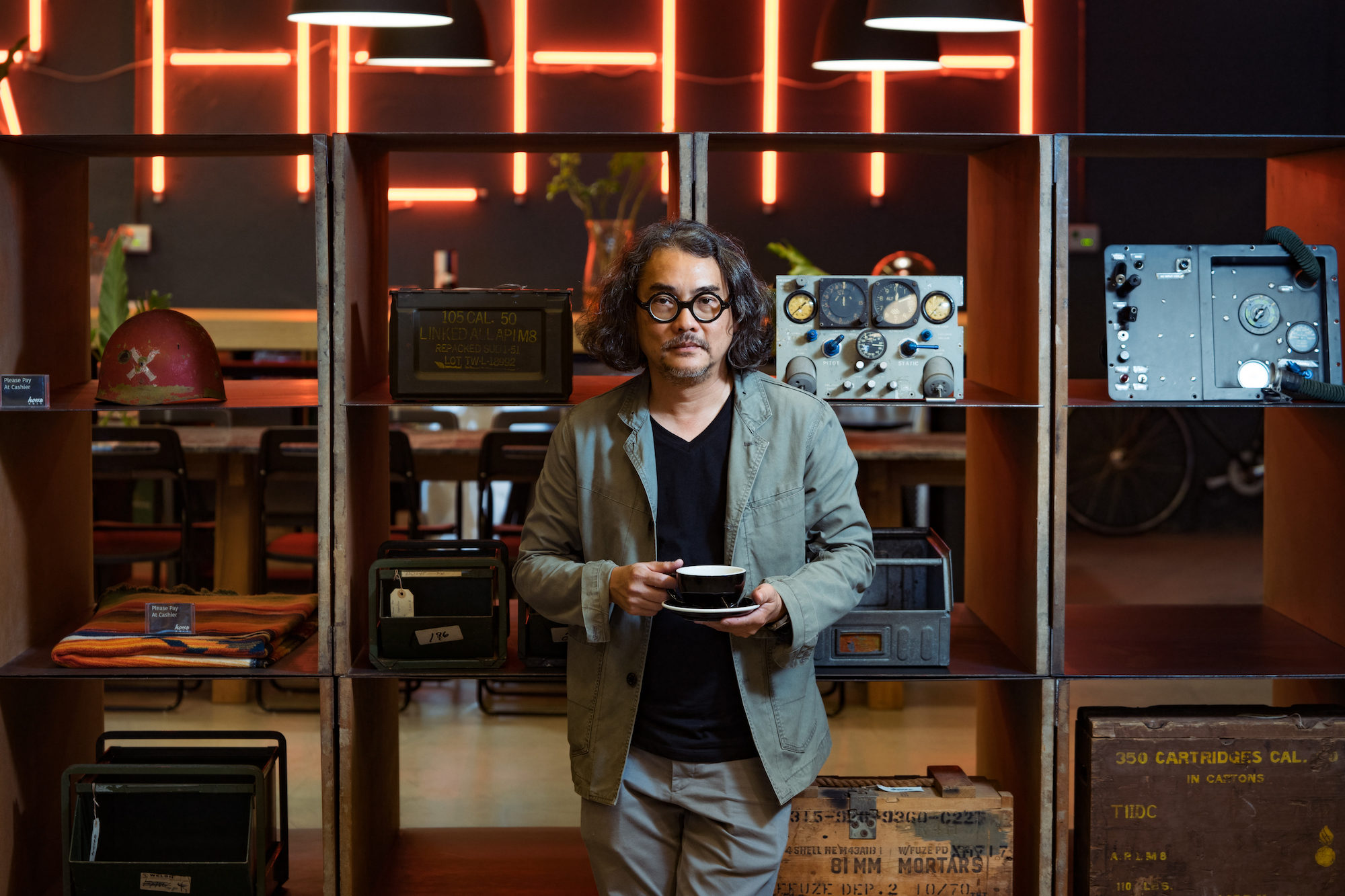
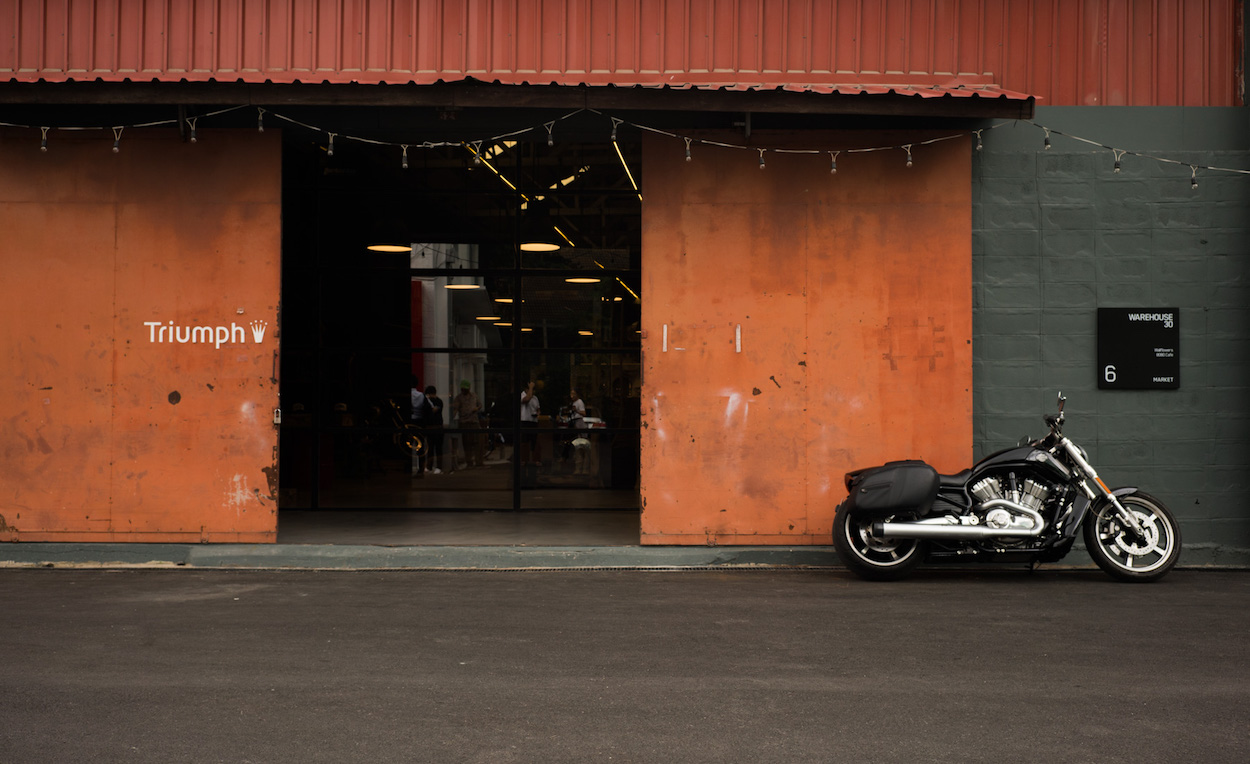
Bunnag has shown a keen interest in building a foundation for the country’s artistic-minded youth to stand on. That includes the communal environments he constructs, but also the philosophical doctrines he espouses on his personal website and in his print magazine, with topics ranging from the practical (urbanism, economics) to the existential (architectural creativity, the meaning of integrity). “Despite today’s economy drag, the younger generation has better opportunities,” says Bunnag, who unveiled another cultural compound, Warehouse 30, and the government-funded Thailand Creative and Design Centre earlier this year. “There are more creative spaces compared to thirty years ago. There is more for the youth to learn from.” Situated in Bangkok’s former Grand Postal Building, the TCDC offers homegrown designers and entrepreneurs a vast selection of design tomes, free studio time, and exhibition areas in which to show their work. The project is unmistakably Bunnag: clean-lined and functional, with glass-fronted panels and raw cement walls initiating a dialogue between old and new.
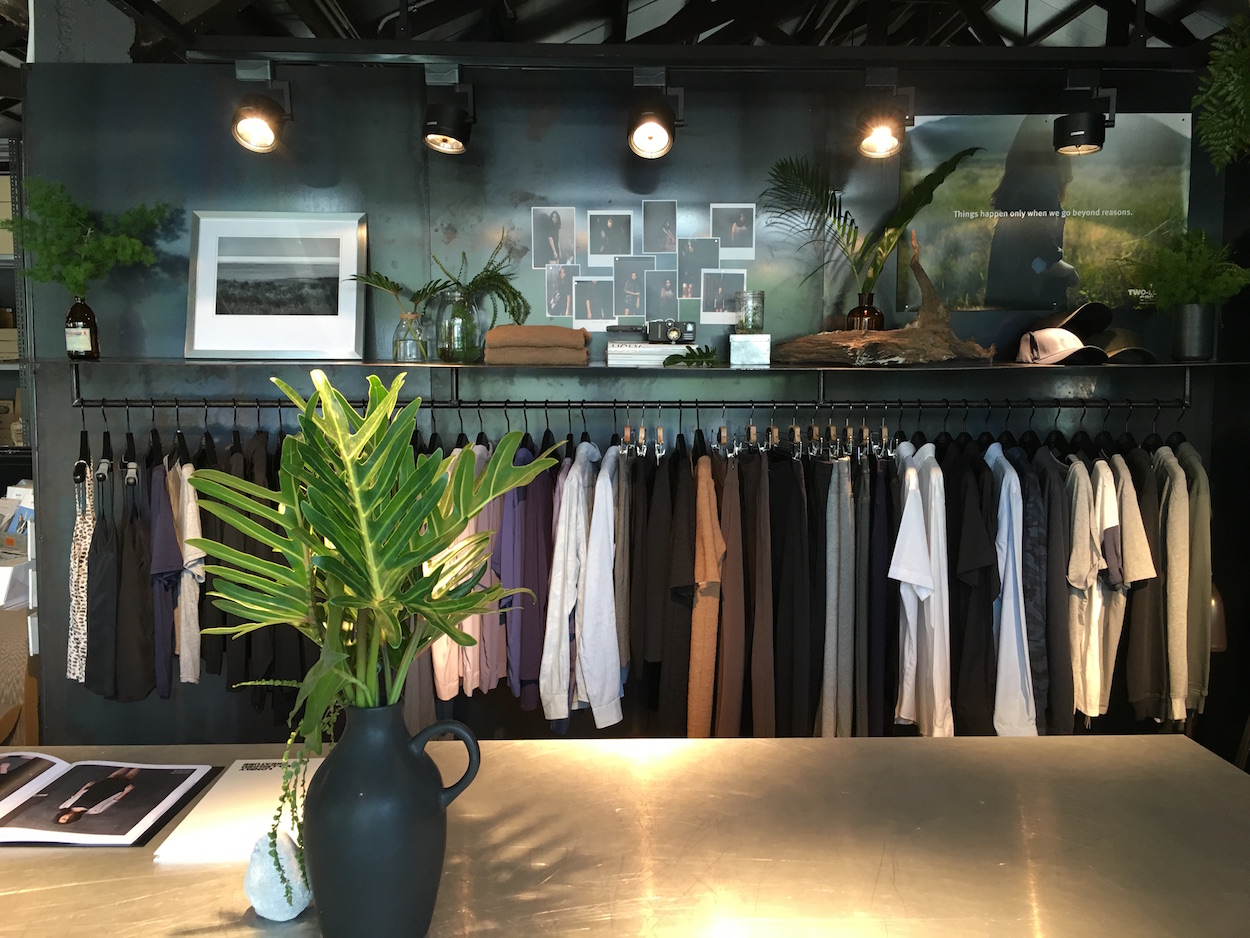
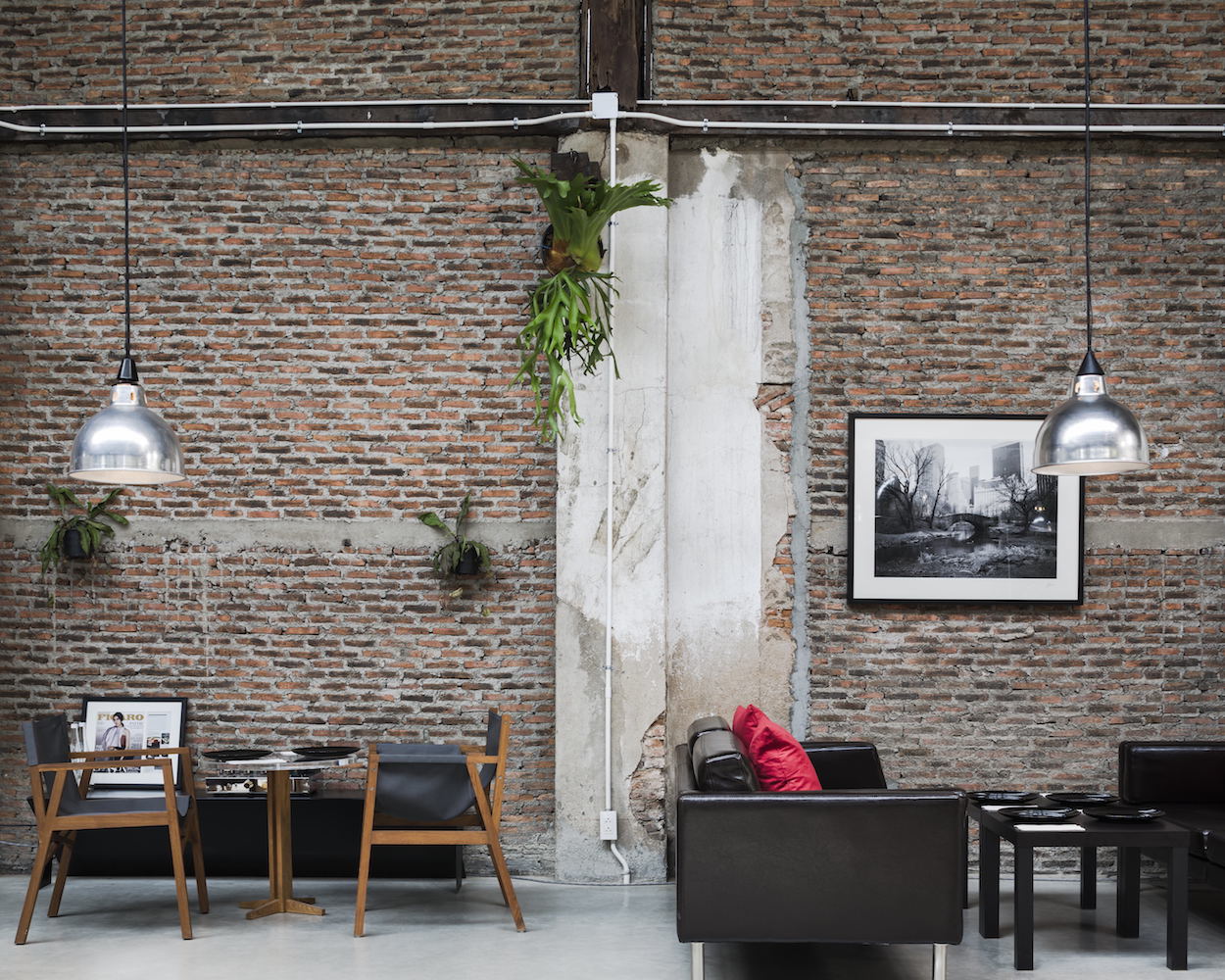
Meanwhile, Bunnag’s high-profile commercial commissions have boosted Thailand’s standing within the global design community. He’s most widely known for Naka Phuket, a 94-villa, teak-and-cement hotel carved into a coastal cliff overlooking the iridescent waters of the Andaman Ocean, a feat that has won him numerous international awards. He’s currently in the running to reconceive the Bangkok airport, just finished the six-room Hotel Bocage in the resort town of Hua Hin, and has another one underway in India. For now, he’s content to spend his time mining his inspirations with an occasional jaunt on his motorcycle. “I don’t have casual time, [but when I do] I’m on my Harley Davidson in the countryside,” he says. The rest of the time I spend on my projects.”
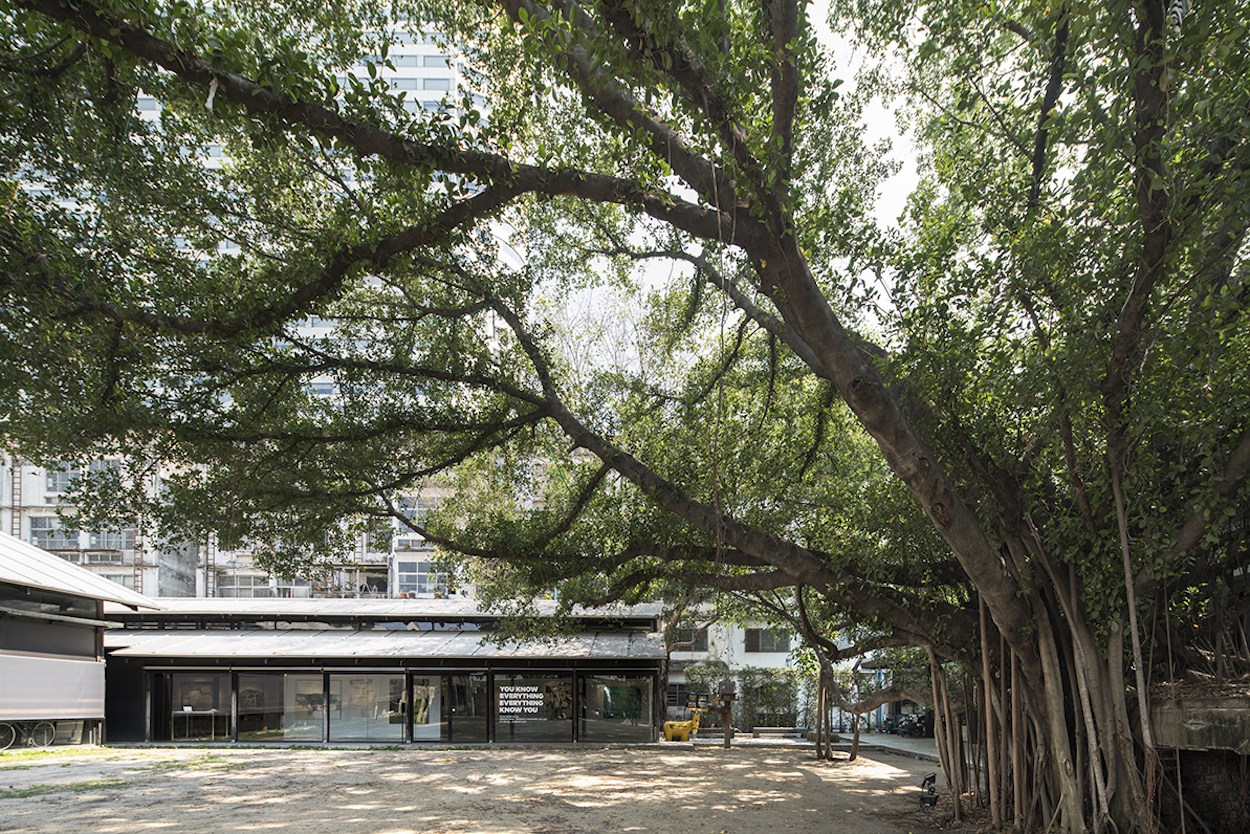
Duangrit Bunnag’s Neighborhood Guide to Bangkok
Talat Noi
“When you live in Bangkok, it’s not about places, it’s about neighborhoods,” Bunnag says. The Talat Noi area has new bars and local food. It’s the place where all the tourists crash with locals and expats. One of my favorite meals is a Chinese pasta on the street, Nai Lek Auan, which is in front of an old cinema in [the nearby] Chinatown. It tastes heavenly and it’s my favorite place for a late-night dish.”
Thonglor
“I always return to check out Thonglor from time to time. It’s heaven for restaurants, cafés, and bars. It also works for nighttime activities and weekend-afternoon street strolling,” he says of the neighborhood that is home to places like Roast, a European-style café with seafood pastas and steak frites, and 72 Courtyard, a Brutalist structure housing everything from a steamed-buns joint to a hip-hop taqueria to an experimental cocktail bar inside a 1950s railway carriage.
Bang Rak and Khlong San
“Known as the Creative District, these are two very dynamic riverfront neighborhoods. There are lots of galleries, restaurants, cafés, street art, and local shops. This is where the real promise of the future is established,” he says. Unsurprisingly, Bunnag says Jam Factory and Warehouse 30 are must-sees for any visitor, though he encourages a detour for a certain dish. “Eat at Yih Sahp Lohk on Charoen Krung Road, which serves a dish that’s a modern take on an authentic beef stew.” Bang Rak is also where the Thailand Creative and Design Center is located.